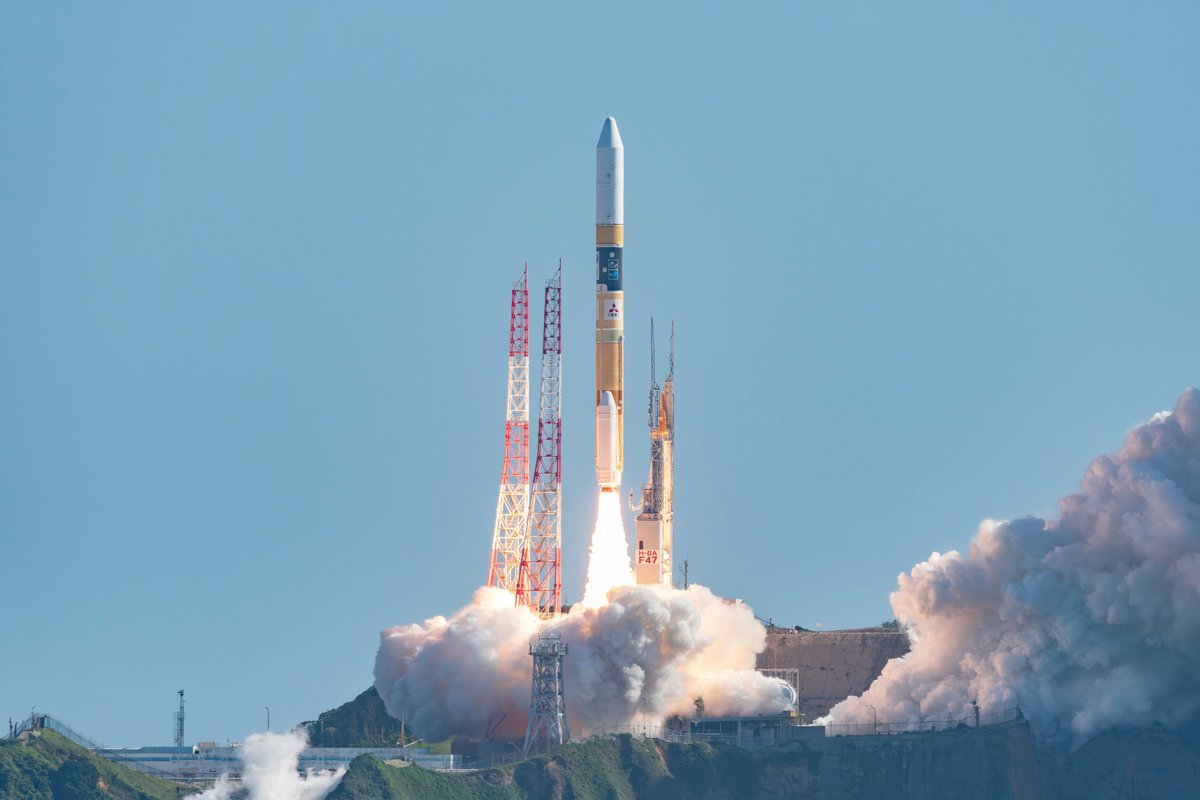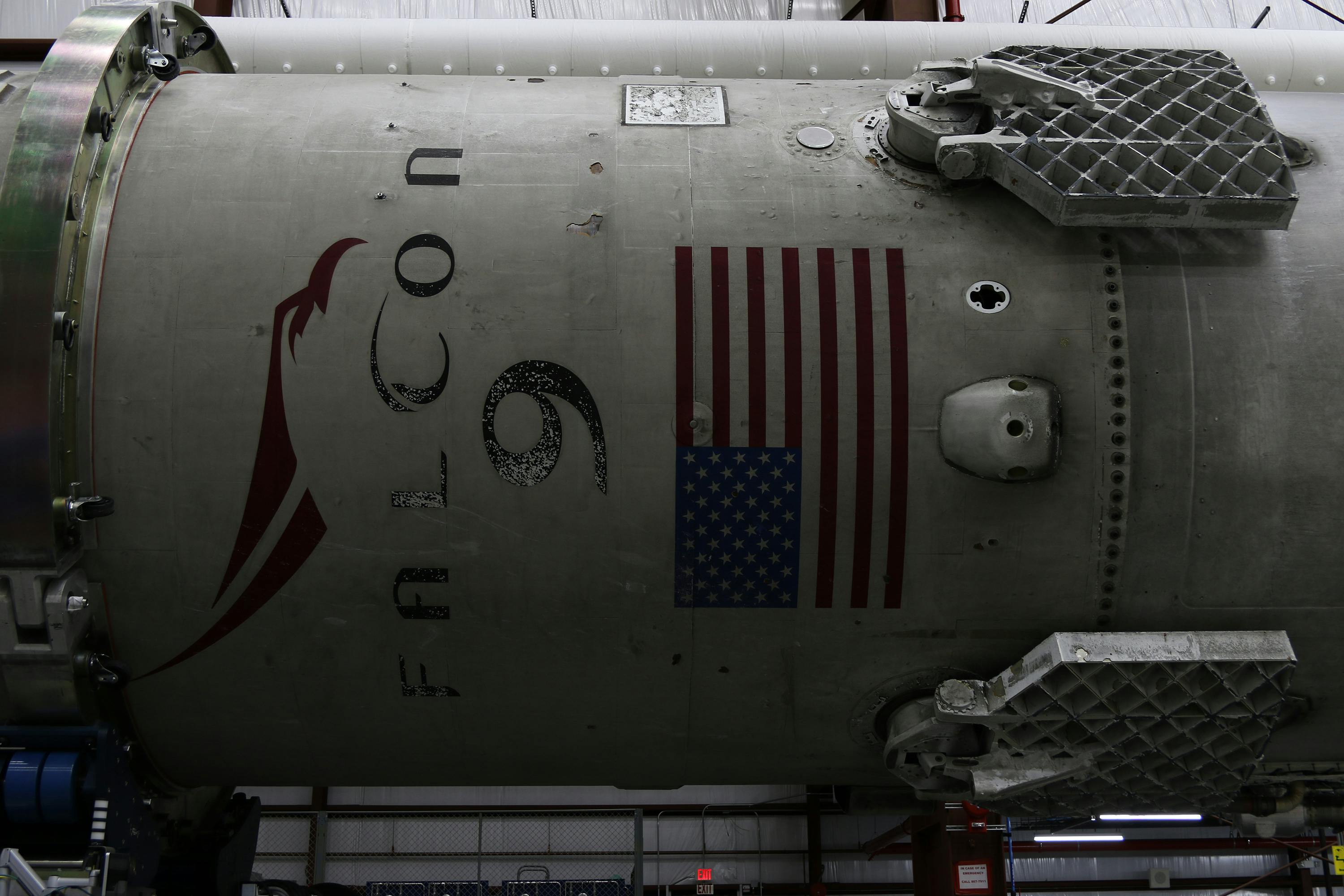· space brief · 5 min read
Space Brief 3 Jan 2025
Today's brief covers the recent surge in SpaceX launches, Eutelsat's resolution of a OneWeb software issue, and various strategic previews for U.S. military branches in 2025.

📄Top Stories
The record-setting growth in global orbital launches for 2024, driven largely by SpaceX, continues to transform the space industry landscape. Meanwhile, Eutelsat swiftly resolved a software-related outage affecting its OneWeb satellite network. As 2025 unfolds, U.S. military branches are also preparing for strategic and budgetary changes under new leadership and geopolitical pressures.
📰Detailed Coverage
SpaceX Launch Surge Sets New Record
The world marked another landmark year for orbital launches in 2024, largely due to the tireless efforts of SpaceX, which has set a new global record. This surge has been attributed to SpaceX’s highly efficient launch methods and its ability to deploy numerous satellites within a single mission, reshaping the dynamics of space access and utilization.
From a satellite tracking perspective, this spike in launches means a more populated and dynamic orbital environment. Our web app is poised to provide real-time tracking and data on these satellites, enhancing situational awareness for all users. Read the full story: SpaceNews
Eutelsat Restores OneWeb After Leap Year Glitch
Eutelsat announced the resolution of a two-day outage affecting its OneWeb satellite broadband network, which was attributed to a leap year-related software glitch. The swift restoration of services underscores Eutelsat’s robust operational capabilities and highlights the essential role of software integrity in satellite operations.
Technically, such glitches can disrupt service quality and reliability, reminding operators and users alike of the critical need for detailed system validations. For satellite tracking enthusiasts, it offers a glimpse into the potential vulnerabilities in orbital broadband services. Read the full story: SpaceNews
Space Force Faces Rising Budgets and Challenges
As we look into 2025, the U.S. Space Force anticipates a challenging year with potential terrestrial disputes and an increased budget. The transition to a new U.S. administration brings about policy uncertainties and operational adjustments, particularly around its establishment as a distinct military branch.
Observers anticipate that the Space Force will navigate complexities tied to national defense priorities in space, as this agenda remains central to U.S. military objectives amid evolving global threats. Read the full story: Breaking Defense
U.S. Air Force Anticipates Budgetary Reviews
The incoming Trump administration will assess a significant funding hurdle facing the Air Force, with a commission led by Elon Musk and Vivek Ramaswamy. The review may lead to unexpected budgetary decisions, affecting long-term Air Force strategies and operations.
This review process underscores the fiscal tightening across U.S. military branches, potentially impacting satellite procurement and space-related defense capabilities. Read the full story: Breaking Defense
🛰️Satellite Spotlight
- Satellite Name: IRNSS 1C
- NORAD ID: 40269
- Launch Date: 2014-10-15
- Mission: Part of India’s regional navigation satellite system, providing accurate position information services to users in India and the surrounding region.
- Orbit: Inclination 5.1637°, Period 1436.14 min, Eccentricity 0.0017888
- Operator: ISRO (Indian Space Research Organisation)
- Fun Fact: IRNSS 1C is a part of India’s effort to reduce its reliance on foreign navigation systems, enhancing autonomy and security in navigation for both civilian and military purposes.
Current TLE Data:
1 40269U 14061A 24366.86063723 -.00000144 00000-0 00000-0 0 99999
2 40269 5.1637 100.0443 0017888 4.6442 28.8612 1.00268880 37357Track this satellite in real-time on our web app: Track IRNSS 1C
🚀Upcoming Space Launches
January 4
- SpaceX Falcon 9 Block 5:
- Thuraya 4-NGS from Cape Canaveral SFS, FL, USA (01:27 UTC)
- Thuraya 4-NGS is a communication satellite developed by Airbus Defense and Space, destined for the UAE-based Yahsat. It incorporates a large 12-meter L-band antenna and features advanced routing capabilities.
January 6
-
Blue Origin New Glenn:
- Maiden Flight from Cape Canaveral SFS, FL, USA (06:00 UTC)
- This inaugural flight of the New Glenn launch vehicle will carry the Blue Ring payload tug and payload hoisting platform, as well as provide a National Security Space Launch certification.
-
SpaceX Falcon 9 Block 5:
- Starlink Group 12-11 from Kennedy Space Center, FL, USA (16:19 UTC)
- Deployment of a batch of satellites for the Starlink mega-constellation, part of SpaceX’s space-based Internet communication system.
-
SpaceX Falcon 9 Block 5:
- Starlink Group 6-71 from Cape Canaveral SFS, FL, USA (16:44 UTC)
- Another batch of satellites for the Starlink mega-constellation, continuing SpaceX’s expansion of their Internet communication system.
January 9
- SpaceX Falcon 9 Block 5:
- Starlink Group 12-12 from Cape Canaveral SFS, FL, USA (15:55 UTC)
- Further deployment of satellites for the Starlink mega-constellation.
January 10
-
SpaceX Falcon 9 Block 5:
- NROL-153 from Vandenberg SFB, CA, USA (03:19 UTC)
- This mission includes the seventh batch of satellites for a reconnaissance satellite constellation developed for the National Reconnaissance Office.
-
SpaceX Starship:
- Flight 7 from SpaceX Starbase, TX, USA (22:00 UTC)
- Seventh test flight of the two-stage Starship launch vehicle.
January 28
- SpaceX Falcon 9 Block 5:
- SpainSat NG I from Cape Canaveral SFS, FL, USA (04:00 UTC)
- Launch of a new-generation satellite built by Airbus, providing secure communications for the Spanish government and international organizations.
January 31
-
Rocket Lab Electron:
- Kinéis 16-20 from Rocket Lab Launch Complex 1, Mahia Peninsula, New Zealand (00:00 UTC)
- Launch of the fourth set of satellites for the Kinéis IoT constellation.
-
SpaceX Falcon 9 Block 5:
- Blue Ghost Lunar Lander Mission 1 & Hakuto-R M2 “Resilience” from Kennedy Space Center, FL, USA (00:00 UTC)
- This mission involves deploying the Blue Ghost lunar lander, developed by Firefly Aerospace for NASA’s CLPS program, and the Hakuto-R commercial lunar lander from ispace.
Note: Launch dates and times are subject to change due to technical or weather considerations.

Maurice Stellarski





